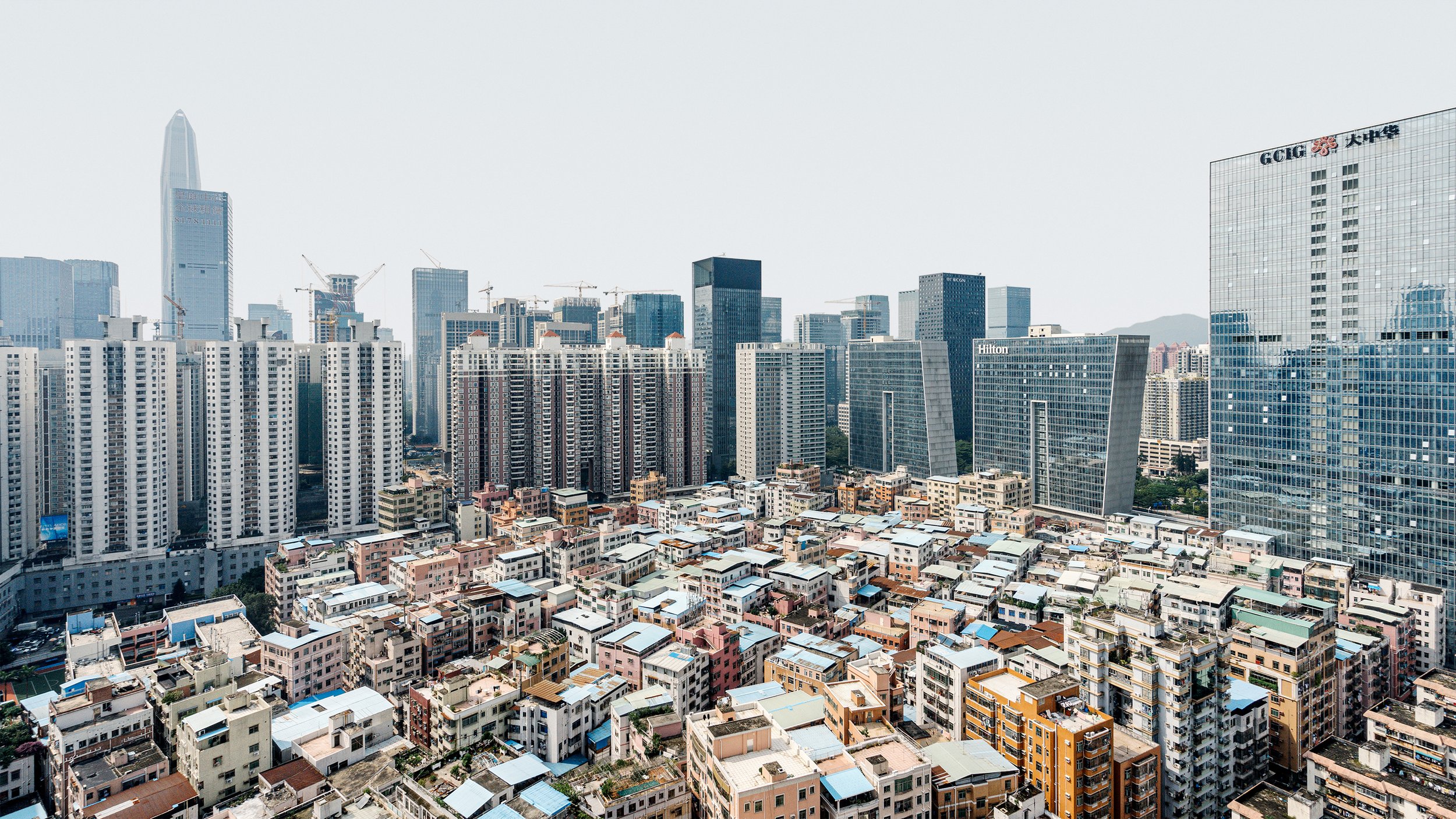
The rapid urban development of China is not entirely a recent phenomenon. It has been an ongoing process since the end of the seventies when the following openings to the free market wanted by Deng Xiaoping pushed consistent masses of people to move from the countryside to urban areas whose continuous expansion has incorporated the neighbouring villages. Shenzhen is perhaps the most striking case: the place where they once lived only small fishing communities was chosen, thanks to its proximity to Hong Kong, as a pilot laboratory to test the new economic reforms. The result is today a metropolis of about 12 million inhabitants that looks to the future and is considered a sort of Chinese Silicon Valley.
Gangxia | Shenzhen
Guangfuli | Shanghai
Gangxia | Shenzhen
Baishizhou | Shenzhen
This dynamic led the owners of homes in what had been the countryside, which had already melded into the fabric of the cities, to enlarge the buildings (often in a makeshift way) in order to offer low-cost accommodation for the workers flooding to the new cities; this was the only way in which they could make money since they were prohibited from selling their property. Thus urban villages were born. These villages are typical of low quality and high density, with multi-storey buildings, some with as many as eight storeys, crammed against each other, leaving so little space that the very idea of privacy becomes inconceivable; over time, shops, commercial business and services became established.
Baishizhou | Shenzhen
Gangxia | Shenzhen
They were cities within the cities and became vital to the development of China's major cities. Urban villages were the solution to the need for cheap accommodation for the millions of migrant workers, mostly cheap labourers without any residence permit, who were an essential stepping-stone to the creation of modern society. Modernity in China takes the form of the huge skyscrapers that today are a symbol of the current model of development. Thus the huge cities grow, devouring the old ramshackle buildings and replacing every one of them with structures that are glittering, uniform and standard, the precursors of a modernity that is totally devoid of any human imperfection.
Gangxia | Shenzhen
Guangfuli | Shanghai
Hubei | Shenzhen
Hubei | Shenzhen
The urban villages, now surrounded by concrete towers, appear inevitably destined to disappear, and the migrants are destined to migrate once more. Once the social engineering process, which plans on the basis of numbers rather than flesh and blood people, has effectively cancelled them, the inhabitants of the urban villages will be forced to revert to their former precarious way of life and to live with their social and economic vulnerability. This photographic project aims to preserve the memory of four of these places: Gangxia, Hubei and Baishizhou in Shenzhen and Guangfuli in Shanghai.
For more information or to purchase this work, please contact InstituteArtist









